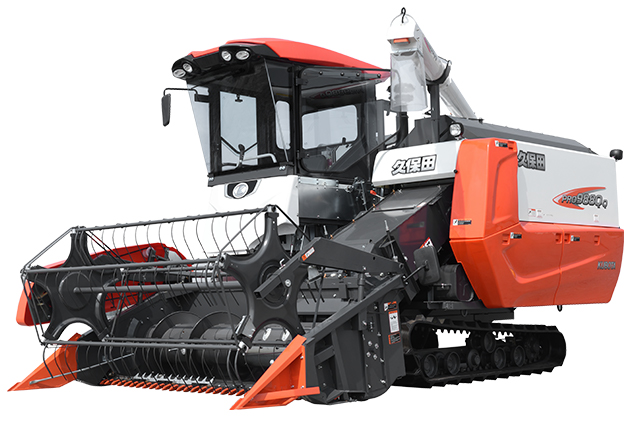
The machine that transformed farming.
The combine harvester or simply called the combine, has become one of the essential farming equipment in the 21st century as it combines the imperative task of harvesting, threshing, cleaning all kind of grain crops. Combine harvesters have mechanized the farming and agricultural process globally and help in exceptional amounts of yield production. These huge-automated combine harvesters have transformed the agricultural process enabling effective production and simplified farming processes.
The modern harvester or the combine harvester being an adaptable mechanized machined designed to efficiently harvest various grain crops, provides exceptional reaping, threshing, and winnowing abilities in a single seamless process. From wheat, rice, oats, barley, corn, sorghum, flax, sunflowers, canola, and straw, the harvester provides a wide range of production capacities. One of the most economically critical agro-labor-saving inventions significantly reduces the fraction of the population engaged in agriculture, providing automated harvesting, cropping, threshing, cutting, and winnowing processes.
Before the modern-day machines’ development and the mechanization of the agricultural process, the farmers had to harvest crops by carrying out a series of arduous and extensively laborious operations, one followed by another. The farmers had to cut down the plants with long-handled cutting-tool, such as sickles, pruners, and scythes.
After the cutting process, the farmers had to separate the edible grain from the non-edible chaff by beating the cut-stalks, an operation commonly known as threshing. Followed by the threshing process, farmers had to clean the remaining debris away from the seeds to make them apposite for mill usage. The whole process took a lot of time, a lot of effort, and many skills. Thankfully, due to the modern mechanical combine harvesters, farming’s whole job became a lot easier.
The modern-day combine harvesters make the whole job a lot easier and provide automatic operational handing as the farmer can simply drive them through a field of crops, and they do all the work. From cutting, threshing, cleaning, and separating the grain via rotating blades, sieves, wheels, and powerful elevators combine harvesters to make farming not just easier but help in better outcomes significantly.
The grain collects in a dedicated tank present inside the combine harvester and can be periodically emptied into carts pulled by tractors that usually drive alongside the harvesters; the chaff, the stalks, and the debris are spurt out from a large-exit-pipe at the back and fall down onto the field.



























